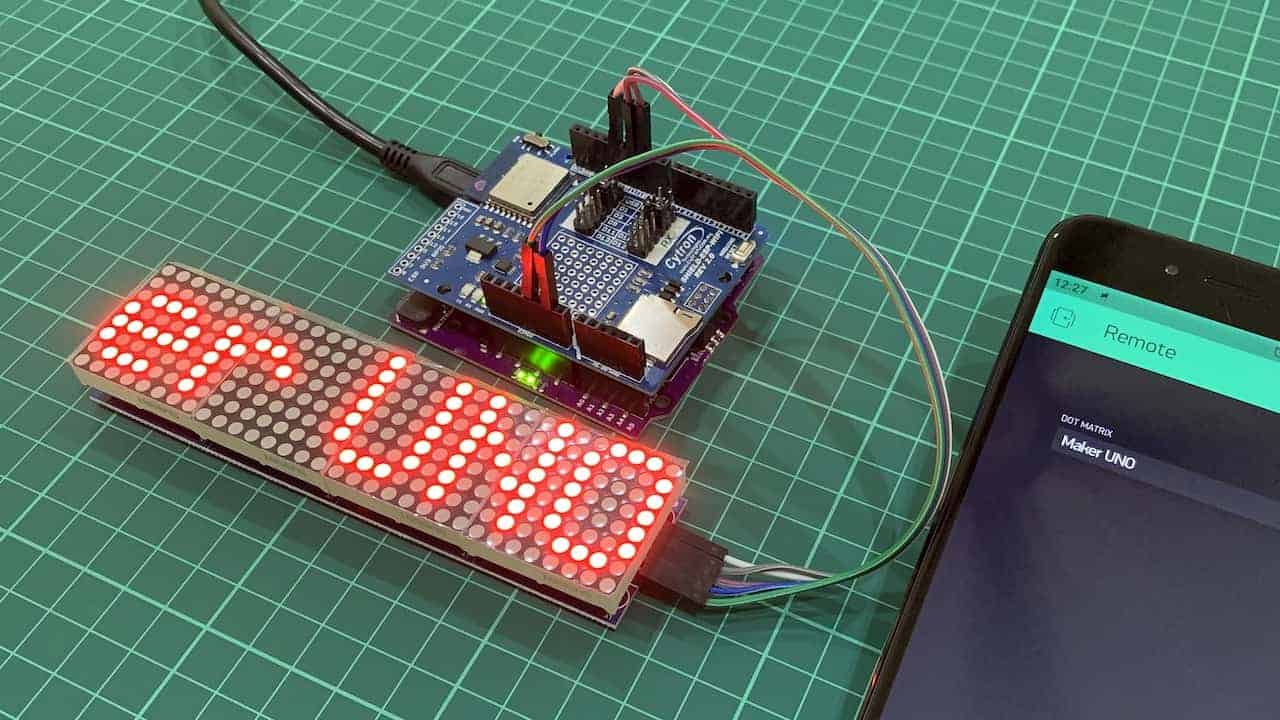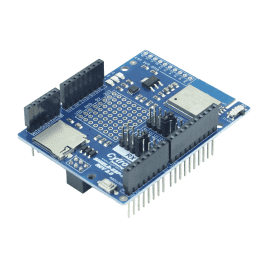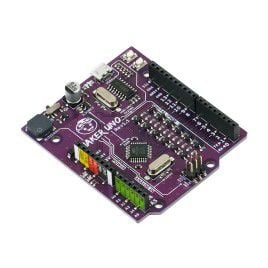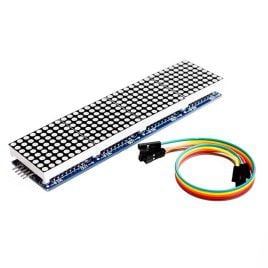Your shopping cart is empty!

Displaying Text Message on Dot Matrix Using Blynk and Arduino
- Idris Zainal Abidin
- 29 Jan 2019
- 657
INTRODUCTION
If you are not familiar with Raspberry Pi, you can use Arduino to display text on dot matrix using Blynk app. For me, this tutorial is intermediate level, so, you may need to refer following tutorial first.
- Getting Started for ESPresso Lite V2.0 (To install ESP8266 board, go to Getting Started with Arduino IDE section, follow step 1 to 4)
- Displaying on MAX7219 Dot Matrix Using Arduino (For wiring connection)
- Displaying Text Message on Dot Matrix Using Blynk App and Raspberry Pi (For setting Blynk widget)
VIDEO
This video shows how to display text message on dot matrix using Blynk App and Arduino.
Untuk bahasa Melayu, sila rujuk video dibawah.
HARDWARE PREPARATION
Sample Code
This is sample code used in the video. 1st code (top) is for ESP8266 WiFi Shield and the 2nd code (botton) is for Maker UNO. Please replace your Blynk auth token, WiFi SSID and password.
Thank You
References:
- Displaying on MAX7219 Dot Matrix Using Arduino
- Displaying Text Message on Dot Matrix Using Blynk App and Raspberry Pi
Thanks for reading this tutorial. If you have any technical inquiry, please post at Cytron Technical Forum.
Related Products
USB Micro B Cable
$1.00 $1.48 $1.00
x 1 unit(s)
Cytron ESP8266 WiFi Shield
$12.48 $12.48
x 1 unit(s)
Maker UNO: Simplifying Arduino for {Education}
$9.00 $9.00
x 1 unit(s)
4 In 1 MAX7219 Dot Matrix Display Module
$6.25 $6.25
x 1 unit(s)
 International
International Singapore
Singapore Malaysia
Malaysia Thailand
Thailand Vietnam
Vietnam



